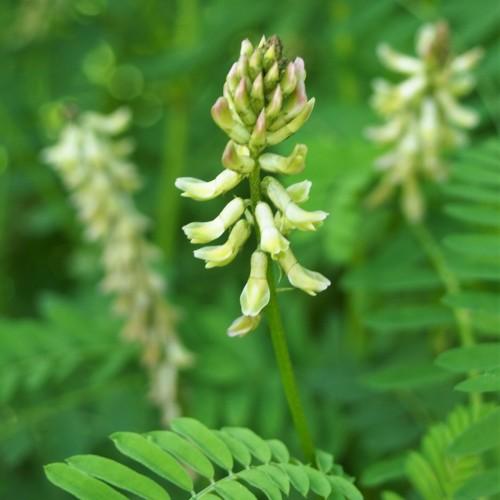
Canada Milk-Vetch
Astragalus canadensis var. canadensis
Watering:
Frequent
Hardiness Zone:
Sun:
full sun,part shade
Leaf:
Yes
Growth Rate:
Low
Drought Tolerant:
Yes
Salt Tolerant:
Yes
Care Level:
Medium
watering
Watering Weiser's Milk Vetch should be done on an as-needed basis. The frequency of watering will depend on soil type, weather conditions and the plant's individual needs. In general, a good general rule is to only water when the top inch of soil is dry to the touch; check by sticking your fingers into the soil. It is best to water deeply and thoroughly in order to encourage the plant’s roots to grow down into the deeper soil. If you have sandy soil, then you may need to water more frequently, whereas the opposite is true for heavier clay soils. Take care not to over-water, however, as it can lead to root rot and other problems.
sunlight
Weiser's Milk Vetch is a semi-shade tolerant species that prefers dappled shade throughout the day. It can tolerate long periods of direct sunlight, particularly in the morning hours, but should be given some protection from afternoon sun to avoid burn or getting dried out too quickly. It should get at least 6 hours of sunlight each day for optimal growth, and some morning sunlight is preferred.
pruning
Weiser's Milk Vetch is best pruned in late spring once the initial growth of the season has started. Pruning should be done lightly in order to encourage a more bushy habit as well as to remove dead and damaged growth. A light pruning should consist of removing no more than 1/3 of the plant's overall size and should mainly focus on removing any dead or damaged stems. Pruning should also target any crossing branches that might impede air flow within the plant. This perennial plant should also be deadheaded, or have spent blooms removed, to help control its size as well as prevent it from seeding, which can help maintain a neat appearance.
